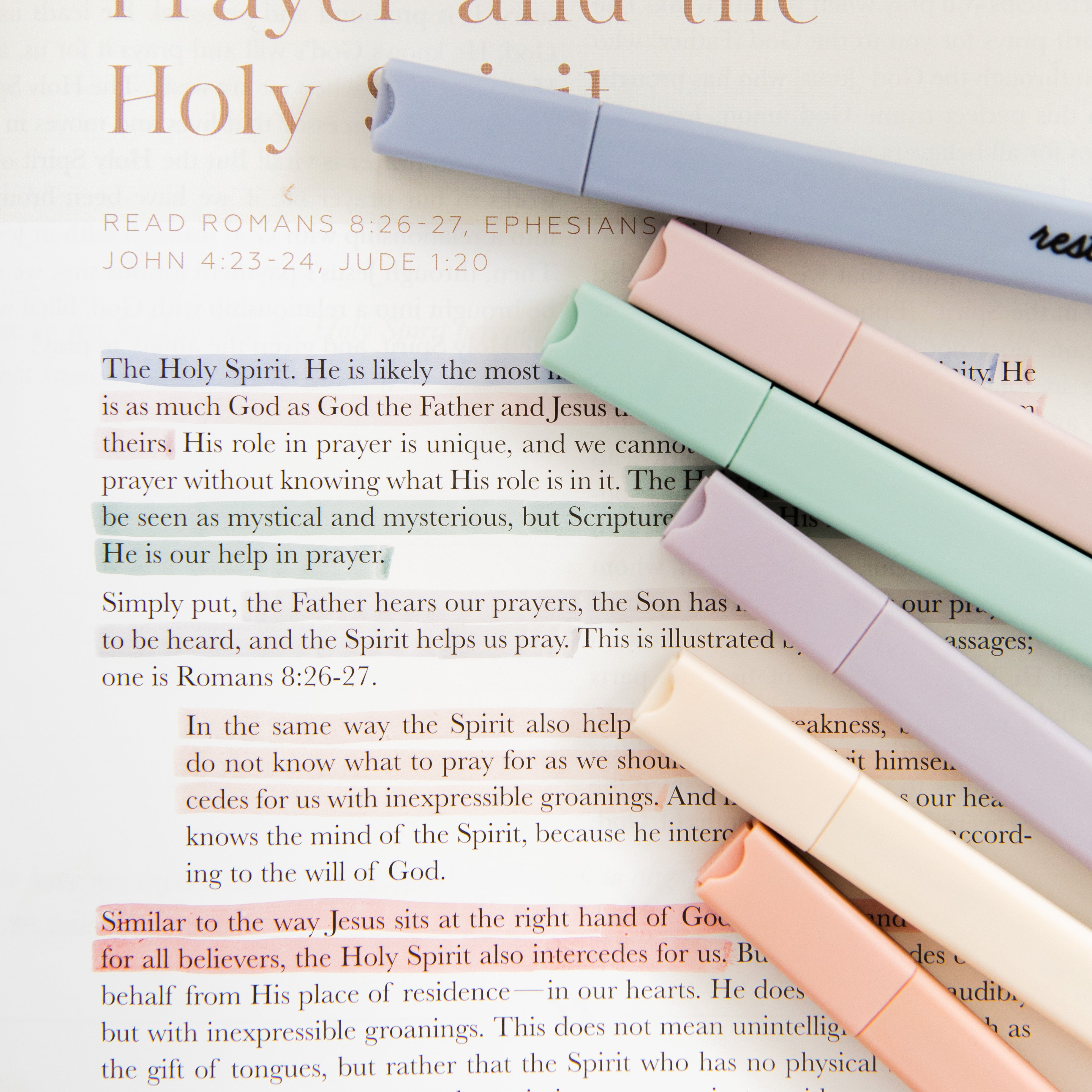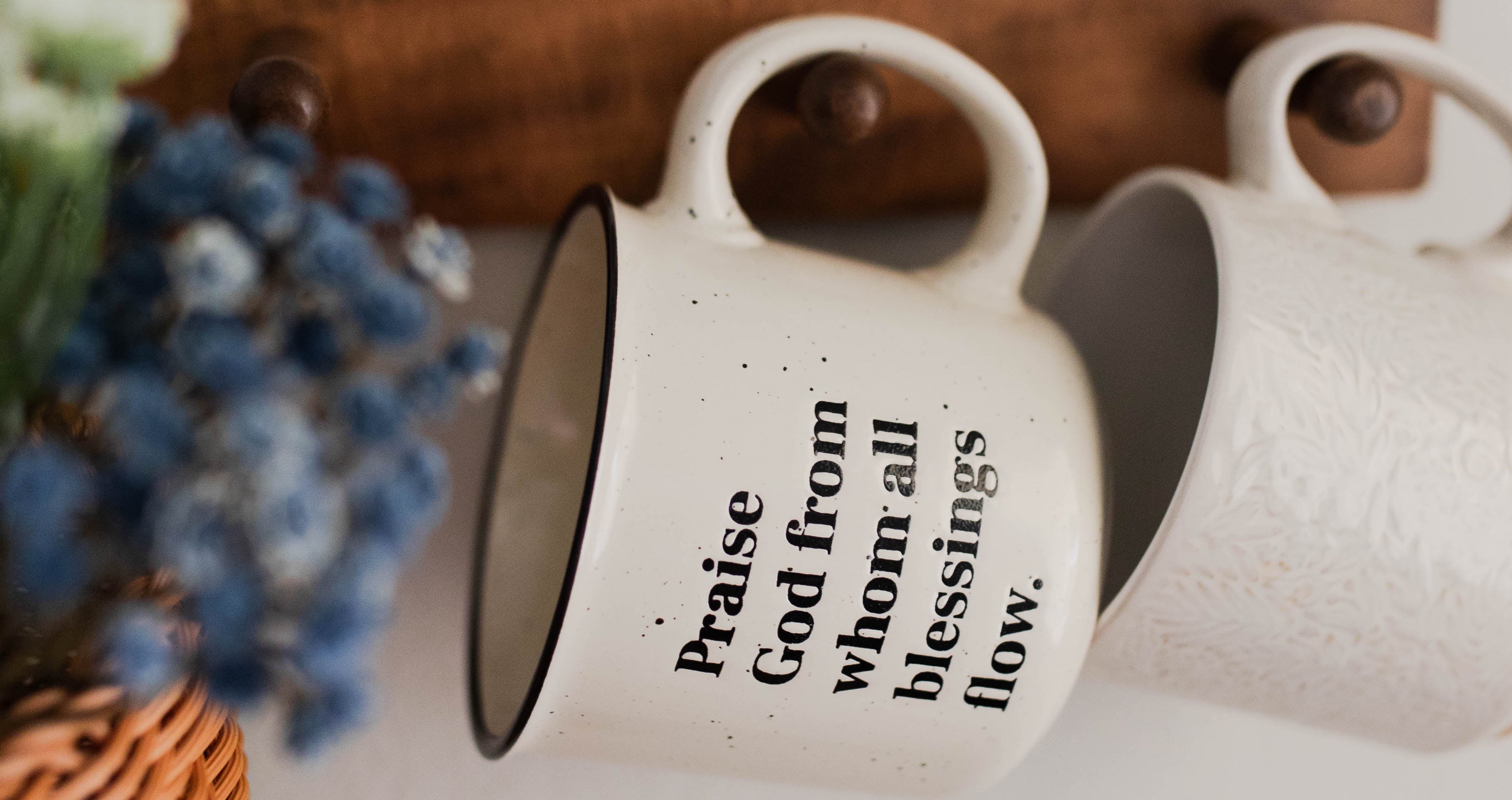The seasons of the year always seem to come at the perfect time. Each change in season is like medicine for the soul. Winter always seems to turn to spring just when we need more sunshine, and summer turns to fall just when we’ve had enough of the heat. The cycle of the seasons allows for regular routines and rhythms that keep us grounded and bring stability. But even more than spring, summer, fall, and winter, the seasons of the liturgical calendar keep us grounded in the rhythms of the church and remind us of the gospel of Christ all year long.

The history of the liturgical calendar
The liturgical calendar—also known as the church calendar or the church year—is the cycle of seasons that contains the different celebrations of the church. The word “liturgy” is another word for rhythms of worship. It pertains to patterns and rituals that we perform as a means of worship—either in our churches or in our lives. All across the world, Christians have been orienting their lives and years around the liturgical calendar’s seasons and celebrations for centuries. The exact origin of the liturgical calendar is unknown, as the different celebrations and holy days within it have been honored for centuries—most of them dating back to the first three centuries. But the concept of remembering God’s work in the world through yearly rhythms and celebrations is even older than that, as it dates back to the Old Testament—specifically the time of the Exodus, when year after year, the Israelites would celebrate the Passover in honor of how God rescued them from Egypt.

A brief overview of the liturgical calendar
The liturgical calendar is made up of six seasons and a period of ordinary time. The six seasons are broken up into two cycles: the cycle of light and the cycle of life. Each cycle follows the same rhythm: a season of preparation and anticipation, a season of celebration, and a season of proclamation.
The cycle of light begins with Advent—where we prepare for the arrival of Christ—moves to Christmas—where we celebrate Christ’s birth—and then ends with Epiphany, where we remember and proclaim the fact that God’s glory is revealed through Christ.
Similarly, the cycle of life begins with Lent, where we fast and remember our need for salvation through Christ. Then it moves to Easter, where we celebrate the resurrection of Christ, and finally Pentecost, where we proclaim our salvation and remember the gift of the Holy Spirit. The time between Pentecost and Advent is called Ordinary Time. During this time, we remember how God is present in our everyday lives, just as He was in the time of Scripture.
What the liturgical calendar means for modern-day Christians
Various Christian traditions celebrate the liturgical calendar differently. Some celebrate all of these seasons as a church, while others merely celebrate a few. But whether your church formally observes all aspects of the liturgical calendar or not, it can be a great opportunity to posture your heart toward Christ, and the different facets of the gospel story all year long. Honoring the church calendar does not need to be an elaborate affair (although it could be, if you wish!)—it can be as simple as structuring your Bible reading around the different seasons. This year, you can celebrate Advent as you work through our Advent study, Just As He Promised.

Just as the seasons change from spring to summer to fall to winter, our year moves from each liturgical season to the next, reminding us of God’s involvement in the world, and allowing us to orient our hearts, schedules, and whole lives toward the story of Jesus Christ—the greatest and most important story ever told.










